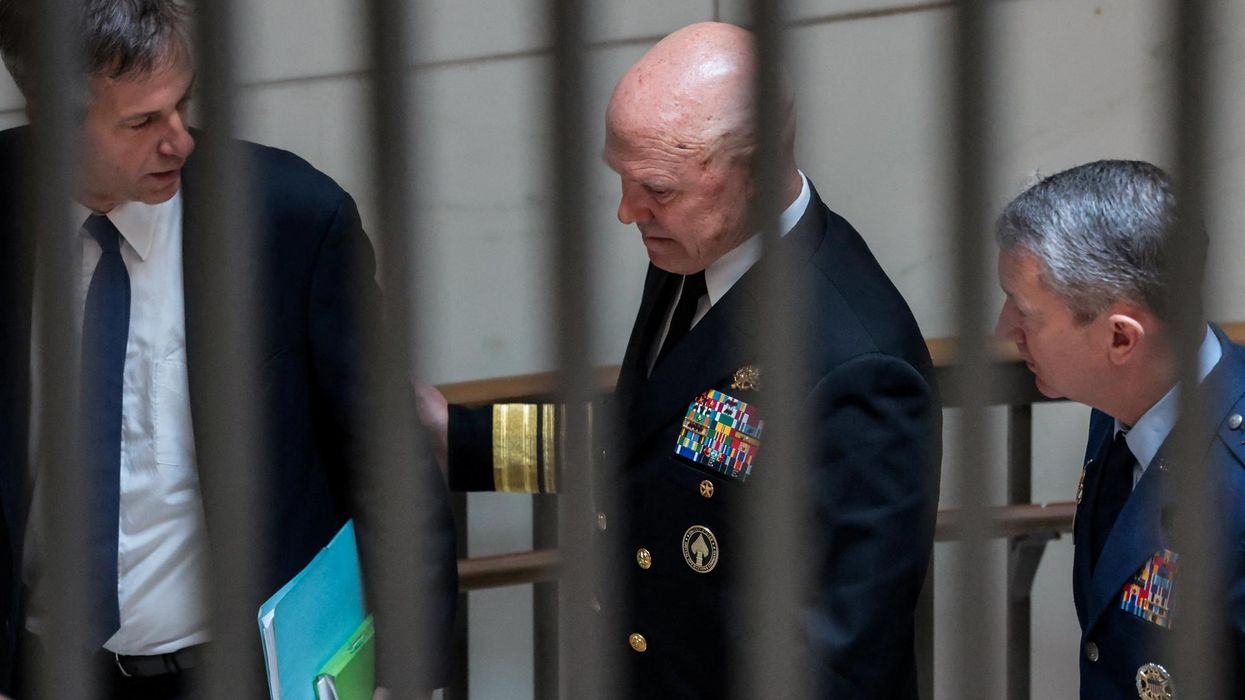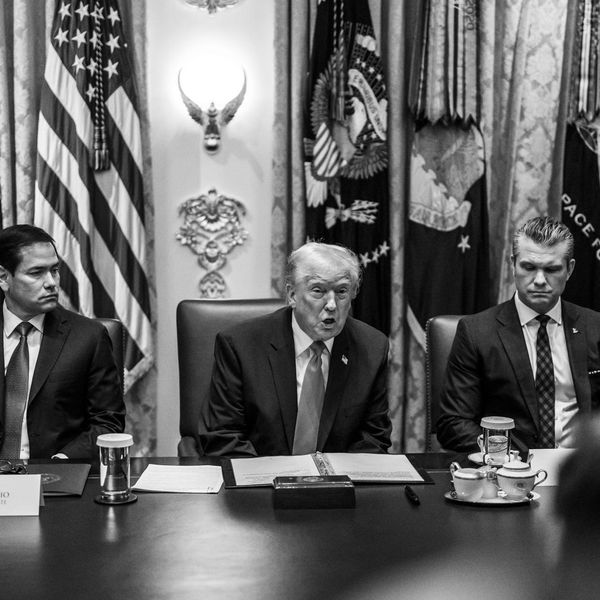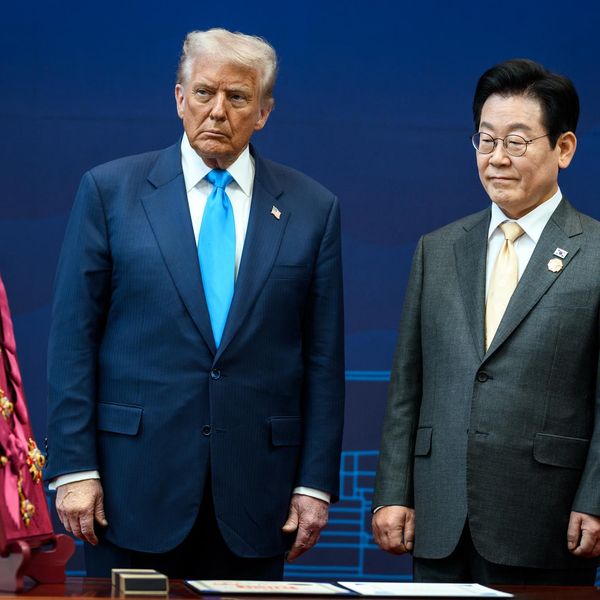The rapid collapse of the anti-Taliban forces in Afghanistan is, predictably, leading to much wailing and gnashing of teeth. Critics (David Petraeus, Richard Haass, Rory Stewart) have seized upon particular decisions over the last year — Trump’s deal with the Taliban, Biden’s setting and sticking to withdrawal deadlines — as targets for blame.
Just as predictably, the current administration is fingering both its predecessor and the Afghan government. All of these rhetorical moves are golden oldies in the things-fall-apart genre, with the blame-the-Afghans argument (lack of political outreach, corruption, discouraged armed forces) particularly classic: take a look, for example, at the famous State Department China White Paper on the fall of the Chiang Kai-Shek’s government to the Red Army in 1949.
What such treadmill-like recycling exercises miss are two points: the reasons that these kinds of U.S.-supported regimes go down the tubes, and the reasons Washington keeps supporting them. To start with, the Ghani government in Kabul is hardly the first case of rapid military collapse: in Asia, of course, there was not only U.S.-supported Chiang Kai-Shek's government in 1949, but, a quarter of a century later, Laos, Cambodia, and South Vietnam. In between, there was the French defeat in Indochina. In Latin America, Batista fell from power in Cuba before the CIA could ready its “third force.” A similar story played out in Nicaragua with Somoza. And as recently as 1997, Mobutu was defeated by Kabila’s forces in what was then called Zaire. In all of these cases, the collapsing regime had at the very least been aided massively with U.S. military equipment and, most of the time, trainers. In several of those countries, U.S. ground and air forces had actually engaged in combat operations for anywhere from a few years to a decade or even two.
In every one of these situations, the regime was unable to survive a military offensive by insurgent forces without active U.S. or proxy combat participation, so much so that when a new offensive began and the U.S. decided, for whatever reason, that it would not use its own forces or proxies to bail out the regime one more time, collapse followed rapidly. Over and over, observers of the collapse emphasized the blow to government forces’ morale in the wake of Washington’s decision to draw a line. But to focus on that decision is to ignore the utter reliance of the regime on active and continuing U.S. aid. Had Washington pulled the plug a year or a decade before or after, the outcome would have been the same. Put simply, these regimes had no capacity on their own to survive against domestic foes: in Game of Thrones terms, they were wights to the U.S. Night King.
I imagine that this observation will be met with skepticism from critics who minimize the import of such a pattern. On the one hand, they might play down the lack of domestic support for the U.S.-supported regimes by noting that insurgents in Afghanistan and elsewhere also get help from the outside. The response is yes, that is true, and for that matter, many if not most regimes faced with insurgencies do get outside help, but a number of those regimes have considerably greater domestic support than the Ghanis, Thieus, and Somozas of the world. Second, one might say there’s no pattern here, that Afghanistan is sui generis, the Graveyard of Empires, for at least two centuries. Perhaps, but then why did the same thing happen in China, and Congo, and Cuba, and Cambodia?
If we face facts, the real question is the second one posed above: why does the United States continue not only to support client states of this sort but to acquire new ones as well? To answer this question, consider the contexts in which it began to back those regimes mentioned above (once the support was given, the sunk cost fallacy was more powerful at the White House, the State Department, and the Pentagon than for even the most desperate gambler in Las Vegas). In some cases (China, Congo, South Vietnam, and Laos), the regime was taken on as part of a larger political-military struggle). In other cases (Nicaragua and Cambodia), the regime aligned with the U.S. following the overthrow of an earlier government. And in still other cases (Cuba and Afghanistan), the regime was in fact constructed as part of a military occupation.
In this last context, recall the situation in the autumn of 2001: the United States had, with the help of various warlords, ousted the Taliban from power. Given the track record of both groups, simply to have ended U.S. military operations at that point, or to have restricted them to Tora Bora, would have been tantamount to a return to the status quo ante. Thus, the U.S. simply rounded up the undefeated political elites of the country and transformed them into a government, an operation it had performed over a dozen times elsewhere over the previous century.
What does not seem to have occurred was any kind of assessment of the possibility of failure, something that would seem to have been assumed in the desire to keep the Taliban from retaking power. But of course, there was no reason to think about failure, because there were no other options on the table: no one advocated ending or geographically limiting U.S. combat, nor a negotiated settlement with the Taliban, to name only a few of the logical possibilities. In other words, the United States moved reflexively to create a regime out of whole cloth in the context of an embittered and highly competent foe. What could possibly have gone wrong?
A common critique of those advocating supply-side economic policies is that their answer to every situation — from hyper-inflation to a major depression— is tax cuts. However, supply-siders are positively flexible by contrast with their counterparts in the foreign policy business. A regime we like might be facing some type of external danger? Take it on as a client. A regime is facing internal opposition? Take it on as a client. Overthrow an enemy regime? Take on its successor as a client. Under these circumstances, to construct a client, such as Afghanistan, in the context of occupation is to be expected: indeed, the more dire the situation, the more likely it is that it’s Washington’s response.
If we are to learn anything from the intervention in Afghanistan, it should absolutely not be about tactics or timing. Instead, the U.S. should be thinking about how its government can detach itself from other client regimes incapable of functioning on their own, and above all, how to persuade its appointed and elected officials to avoid taking on additional such relationships.
















